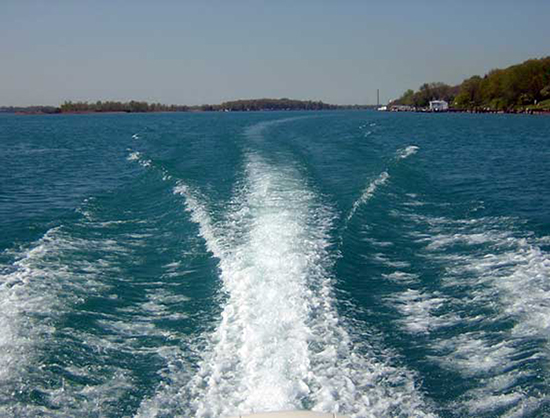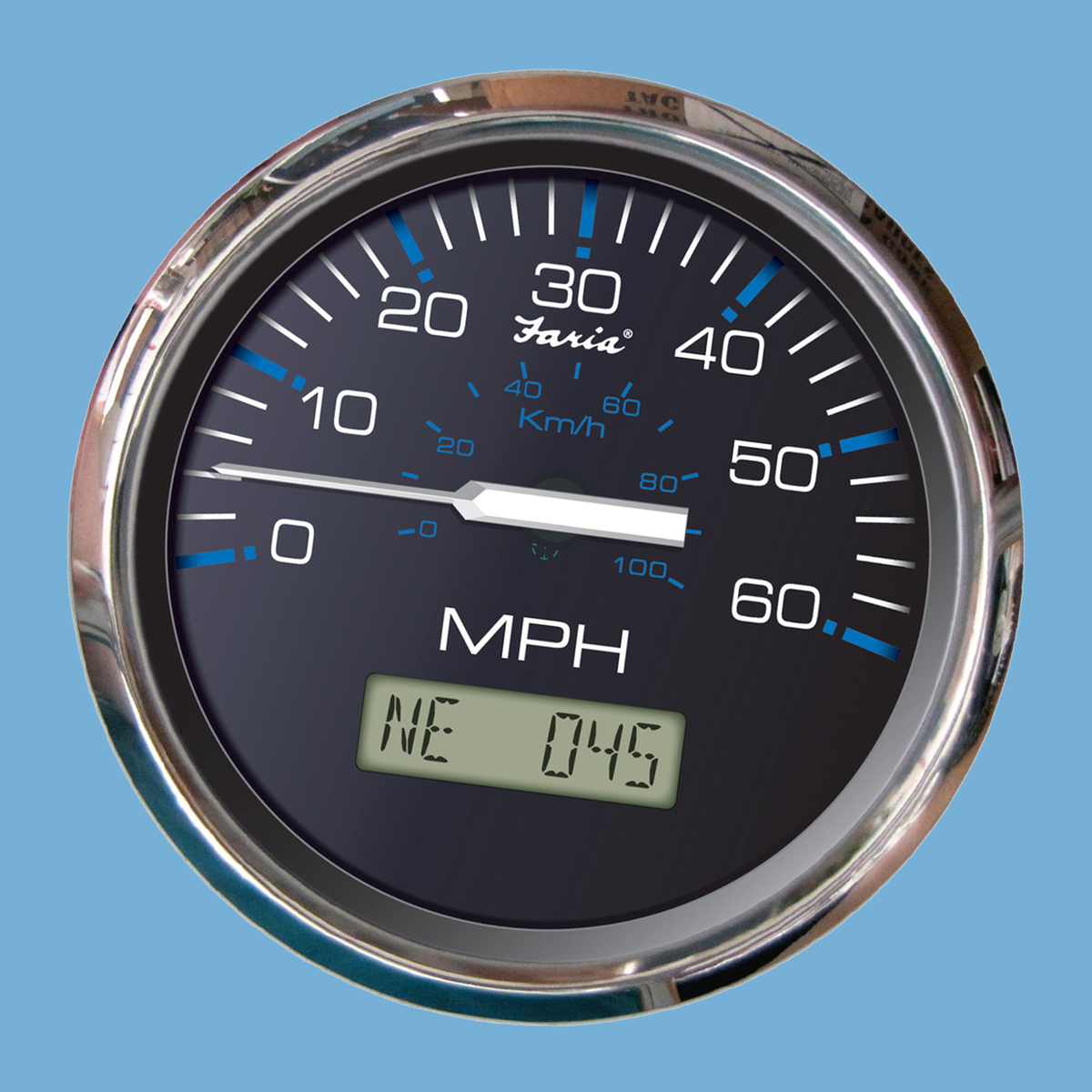Average Speeds for Pontoon Boats
The faster, the better, right? Well, not exactly. Just like any other vehicle, pontoon boats have speed limitations for very good reasons – both due to safety hazards and actual physical limitations. Pontoons are not speedboats and they’re not made to reach high speeds anyway, but there are a couple of moments when you need to go a certain speed, such as when you’re water skiing. Considering this, how fast do you have to go and how fast can you actually go?

What’s the top speed of a pontoon boat?
We asked pontoon owners around the internet for information regarding their own boats. The following top speeds have been recorded by GPS, not the speed gauge (which, on boats, often has an error of 2-3mph). Here’s a list of 10 pontoon boats sized 18-26’:
- Bass Buggy 18’ with 60hp engine: 18mph (29km/h)
- Party Barge 18’ with 75hp engine: 24mph (38km/h)
- Bass Buggy 20’ with 60hp engine: 16mph (27km/h)
- Starcraft 20’ with 90hp engine and no load: 23mph (36km/h)
- Tritoon 21’ with 90hp engine and two people on board: 27mph (43km/h)
- Suntracker 22’ with 7-hp engine and light load: 21mph (34km/h)
- G3 Suncatcher 22’ V22RF:
- 90hp engine and medium load: 22mph (35km/h)
- 115hp engine and medium load: 25mph (40km/h)
- 115hp engine and maximum load: 22mph
- 115hp engine, captain only, ideal conditions: 31mph (49km/h)
- Sweetwater 24’:
- 90hp engine: 18mph (29km/h)
- 115hp engine: 20.5mph (33km/h)
- Crest III 26’ with 90hp engine and medium load: 28mph (43km/h)
- Tritoon 26’ with 175hp engine and heavy load: 35mph (56km/h)
What’s the speed you need?

If you’re in need for speed, it’s probably because your boat is towing a skier or a tube with a few merry riders. Not all of these water sports require the same speed, though, and here’s the rule of thumb:
- Waterskiing with two skis: 15-26mph (24-42km/h)
- Tubing with young kids (<7 years old): 10mph (16km/h) at most. Finding an appropriate towable for kids can be hard too, but we’ve found the CHARIOT WARBIRD 2 works just great.
- Tubing with kids 8 to 12: at most 18mph (29km/h)
- Tubing with older teens and adults: on average, 20mph (32km/h) if you’re planning some jumps and turns, 25mph (40km/h) if you’re going in a straight line. If you’re also looking for a great towable tube to give you that extra pump of adrenaline, check out the AIRHEAD G-Force series.
- Wakeboarding: 20mph at most. Due to the rider’s feet being immobilized, falling off the board at greater speed is extremely dangerous and can easily lead to broken legs.
- Slalom skiing: no slower than 15mph. The average speed is around 22mph (35km/h) and the extreme sport version (a.k.a. hauling) goes up to 35-36mph (56-58km/h). Do not try this at home.
- Kneeboarding: 20mph at most. Pretty much like wakeboarding, kneeboarding is dangerous because of the rider’s position, which can easily lead to injury.
- Barefoot: there’s a formula, considering different weights. Take your weight in pounds and divide it by 10, then add 10. For instance, if you’re 160 pounds, your speed will be 160/10+20=36mph.
As you can see, water sports generally require an average speed of 22mph (35km/h) in order to ensure maximum fun. Unless you’re into really bumpy rides and you’re trained for it, you’ll probably never need more, and most pontoon boat captains are perfectly satisfied with this top speed. As far as the boat itself goes, pretty much any boat below the 22’ mark can reach it with a 90hp engine and medium load. If you’re willing to go the extra mile (per hour), you can get an 115hp engine and you’ll be sure to reach this speed and even more with your boat full of passengers.
There are also a couple of things that affect the boat’s top speed. Let’s take a look at them as well:
- While this is an immense overgeneralization, we guesstimate that you lose about 15% of your top speed for every thousand pounds of extra load. This may come from extra passengers, furniture, or other accessories.
- BIMINI TOP. It’s not usually that much of a difference unless it’s a seriously windy day, but the drag caused by the top not being very aerodynamic also slows you down. It’s usually only 1-2mph, but it may very well make the difference between a fun ride and a boring one.
- The stock propeller is designed to work nice and safe with your engine. However, what it is NOT designed for is reaching the top speed achievable by that engine. Many captains switch the stock prop for a smaller one in order to get into the higher RPM ranges and obtain a bit more speed.
- Surprising as it may be, algae and other dirt deposits on your pontoons can actually slow your boat down by as much as 6mph. This is particularly important if you leave your boat in the water all the time instead of towing it home after every use.

